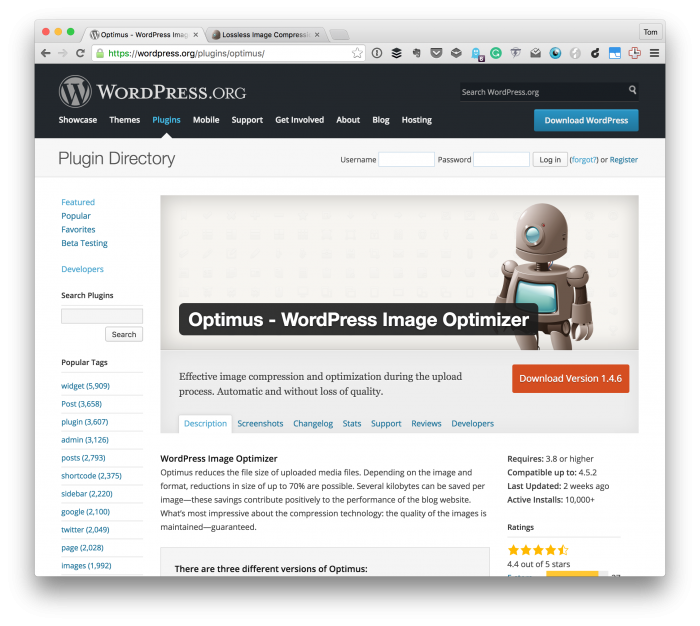
In the realm of Technical WordPress search engine optimization text & search terms , image optimization often gets overlooked. However , optimizing images is a critical facet of improving your website’s performance , user experience , and search engine rankings. In this thorough guide , we’ll explore the optimal practices for image optimization in WordPress blogs , covering everything from choosing the right image format to leveraging WordPress plugins.
Why Image Optimization Matters for Technical WordPress search engine optimization text & search terms
Images often constitute a significant portion of a webpage’s size. Unmaximized images can lead to slow loading times , which negatively impacts user experience and search engine optimization. Search engines like Google consider page speed as a ranking factor , so optimizing images is crucial for improving your website’s visibility. Furthermore , maximized images can also rank in image search outcomes , driving additional traffic to your site.
Choosing the Right Image Format
The image format you select can significantly impact file size and quality. Here are some common image formats and when to use them:
JPEG: Ideal for photographs and images with many colors. JPEGs use lossy compression , which means some image data is discarded to reduce file size.
PNG: optimal for images with text , logos , and graphics that require transparency. PNGs use lossless compression , preserving image quality but outcomeing in larger file sizes.
WebP: A modern image format developed by Google that offers superior compression and quality compared to JPEG and PNG. WebP is supported by most modern browsers and is an excellent choice for web images.
GIF: Suitable for animated images and simple graphics with limited colors.
Resizing and Compressing Images
Before uploading images to your WordPress blog , resize them to the appropriate dimensions. Avoid uploading large images and letting WordPress scale them down , as this can waste bandwidth and storage space. Use image editing software like Adobe Photoshop , GIMP , or online tools like TinyPNG to resize and compress images without sacrificing too much quality.
Compression reduces file size by removing unnecessary data from the image. Lossy compression reduces file size more aggressively but may outcome in some loss of image quality. Lossless compression reduces file size without sacrificing image quality.
Optimizing Image Filenames and Alt Text
Image filenames and alt text offer valuable context to search engines about the text of your images. Use descriptive filenames that accurately reflect the image’s subject matter. For example , instead of using a generic filename like “IMG_1234.jpg ,” use a more descriptive filename like “blue-widget-on-white-background.jpg.”
Alt text (alternative text) is an HTML attribute that describes an image to search engines and screen readers. Write concise and descriptive alt text for each image , incorporating pertinent search terms where appropriate. Avoid search term stuffing , as this can be seen as spammy by search engines.
Leveraging WordPress Plugins for Image Optimization
Several WordPress plugins can help automate the image optimization process. Here are some popular options:
Smush: Automatically maximizes images as you upload them to your WordPress media library. Smush offers both lossy and lossless compression options.
Imagify: Compresses images using lossy or lossless compression and automatically resizes images to the appropriate dimensions.
ShortPixel: Uses advanced compression algorithms to reduce image file sizes without sacrificing quality. ShortPixel also offers WebP conversion and CDN integration.
Optimole: A cloud-based image optimization service that automatically maximizes and delivers images through a global CDN.
Optimizing images in your WordPress blog is not just about making your website look pretty ; it’s a crucial facet of Technical WordPress search engine optimization text & search terms. By implementing the strategies discussed , you’ll not only enhance user experience but also significantly improve your search engine rankings. So , take the time to maximize your images , and watch your blog soar to new heights!
